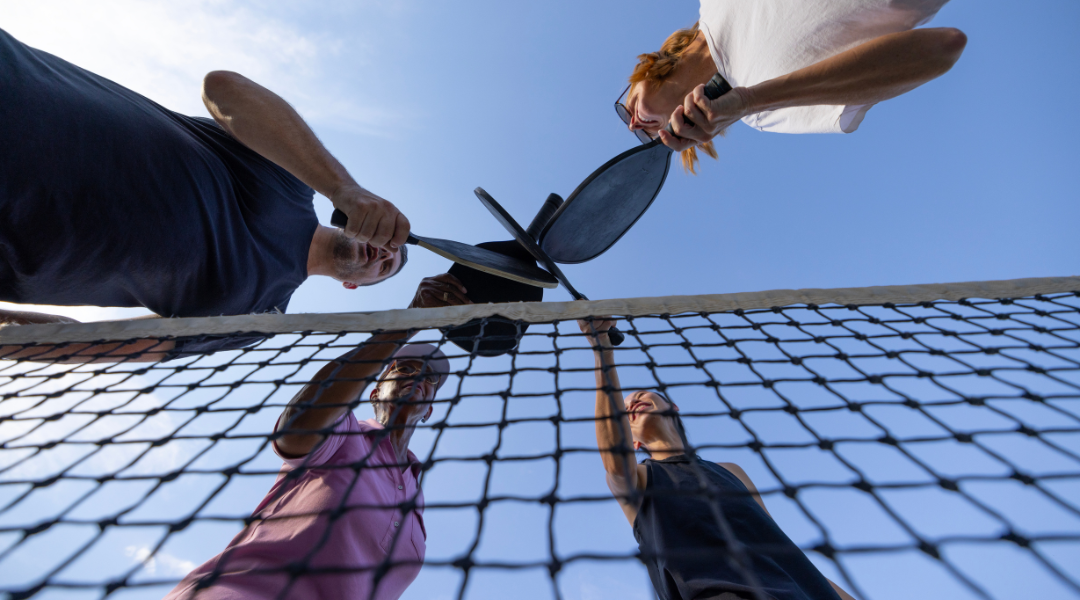Pickleball continues to attract fans worldwide, and as we approach 2024, selecting the proper equipment is increasingly important. A key component in pickleball is the paddle, which can greatly influence both your performance and your enjoyment of the sport.
As a former owner of a highly successful tennis and pickleball store in Bend, Oregon, I have extensive knowledge about selecting the appropriate paddle for each player. As pickleball’s popularity soars, more companies are introducing new paddles. With a vast array of options now available, how do you find the right one for yourself?


Before diving into the specifics of each paddle type, it’s essential to understand the fundamental aspects that make up a pickleball paddle:
Choosing the right weight is crucial in a pickleball paddle:
Choosing the correct grip size is essential for comfort and injury prevention:
Most paddles come with an edge guard that protects the paddle’s perimeter. A larger edge guard offers more protection but can slightly reduce the hitting surface. Consider how much you value durability versus hitting area. Edgeless paddles often offer more “POP” however these paddles are typically thinner which doesn’t absorb shock as well and surfaces can tend to be a little slick.
Set a budget before shopping and consider how often you plan to play:
Whenever possible, test different paddles before making a purchase. Many clubs and sports stores offer demo programs where you can try various paddles on the court to see which feels best in terms of weight, grip size, and material. Some of the larger online retailers will also mail out demo paddles.
Used paddles obtained from a friend or purchased second-hand can be a good option, but it’s important to remember that paddles typically have a lifespan of 1 to 5 years, depending on usage. To quickly check if a paddle is still within its useful life, knock on it as if you’re knocking on a door. The sound should be consistent regardless of where you knock. If you notice a dull or muted sound in certain areas, the paddle may have developed dead spots and might not perform well.
Choosing the right pickleball paddle, involves understanding your play style, physical needs, and the various features of paddles available on the market. By considering the factors outlined in this guide, you’ll be able to select a paddle that not only enhances your game but also adds enjoyment to every match. Whether you’re just starting out or gearing up for competitive play, the perfect pickleball paddle is out there waiting for you.

IPTPA Master level pickleball pro, aiming to enhance the skills of players globally by making the game more enjoyable, effective, and fun.
